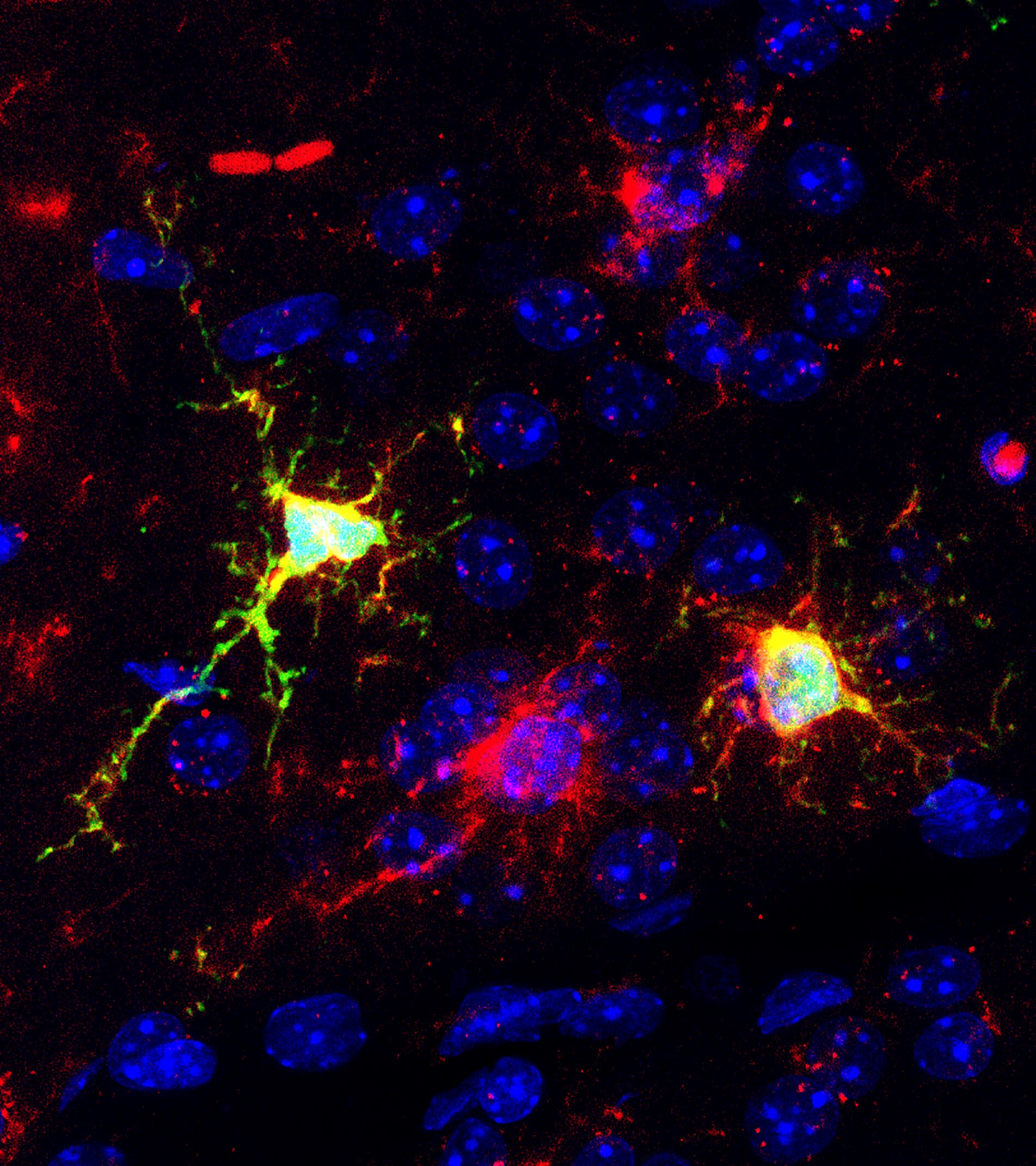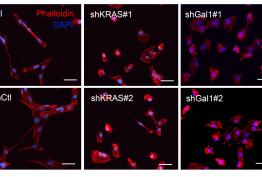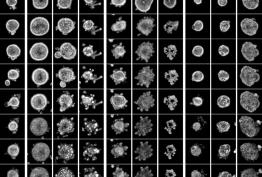A new study by the Cerebrovascular Research group of the IIBB-CSIC, in collaboration with scientists from CNIC in Madrid and the Universitätsklinikum Hamburg-Eppendorf in Hamburg, has identified peculiarities and specific functions of the dendritic cells that infiltrate the brain after an ischemic stroke.
In the study, published in the journal Cell Reports, an extensive RNA-Seq analysis of populations of dendritic cells infiltrated in the brain of ischemic mice has allowed identifying specific transcriptional characteristics of these cells, which differentiate them from resident microglia.
Comparing them with microglia, Gallizioli et al. demonstrate how brain dendritic cells have a special capacity of presenting antigen and of stimulating an inflammatory response after stroke. Furthermore, with parabiotic mice, they were able to demonstrate the infiltration of different subtypes of dendritic cells from the peripheral circulation.
Using transgenic mice deficient in type 1 conventional dendritic cells (cDC1), the scientists of the IIBB-CSIC also unveiled a possible beneficial effect of this subpopulation of cells on the ischemic brain.
IMAGE: In red Iba1, in green CD11c-eYFP. The image illustrates the heterogeneity of myeloid cells despite having similar morphology in infarcted brain tissue.







